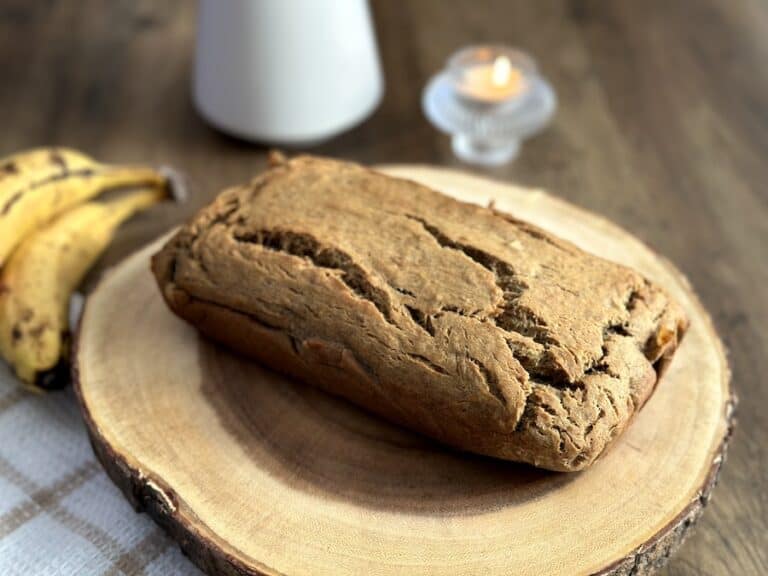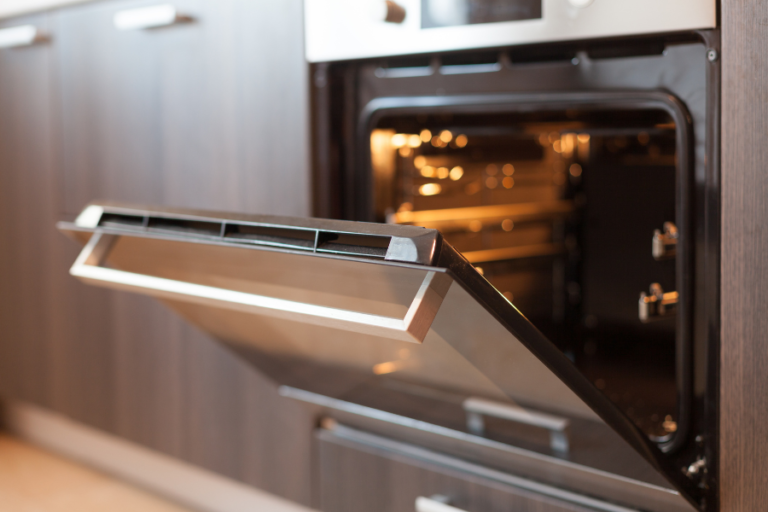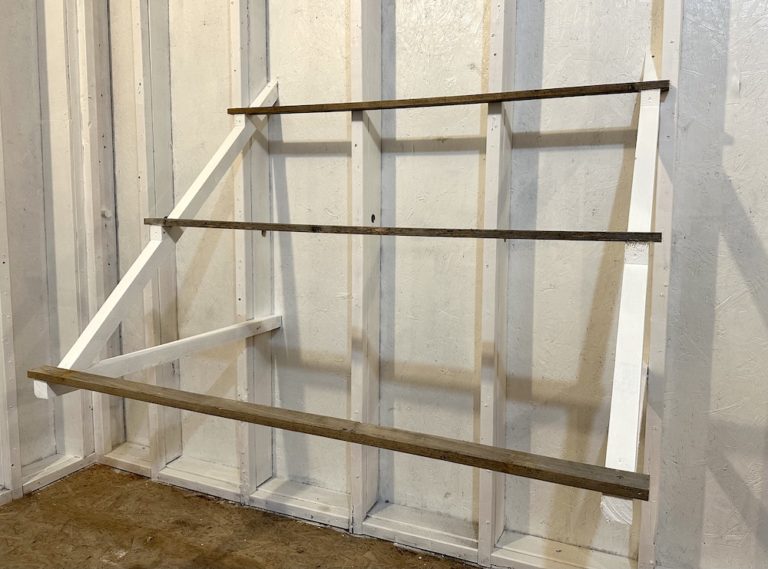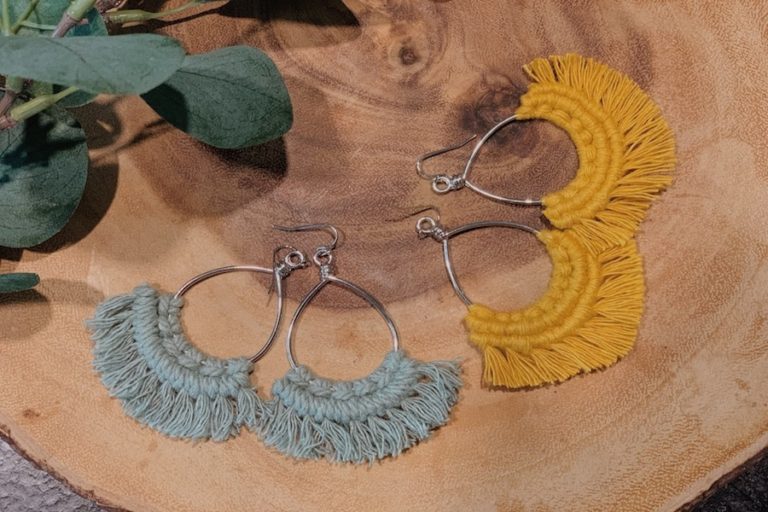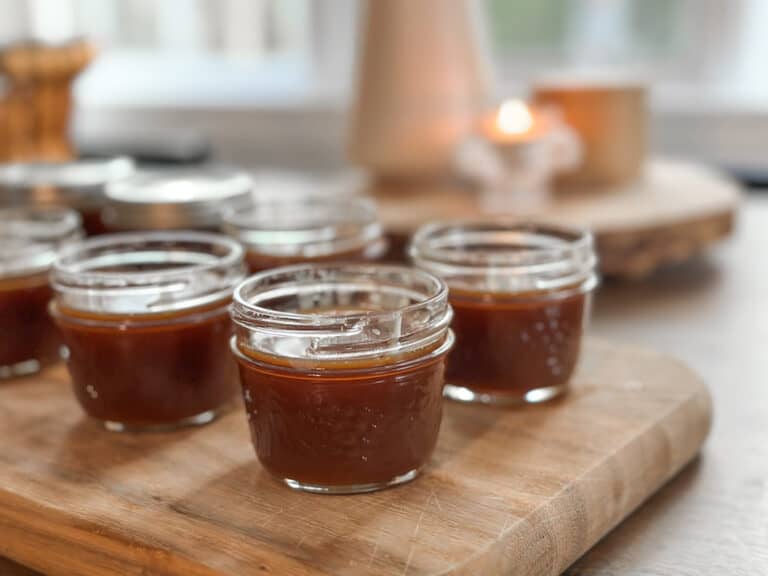How To Make Sourdough Starter
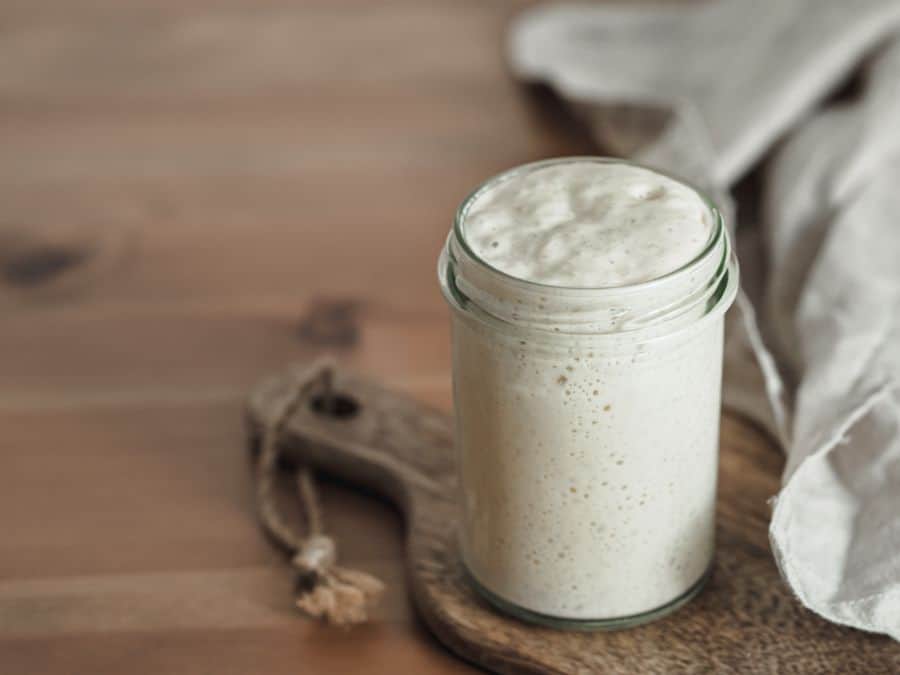
If you are interested in making sourdough bread or baked goods, you are going to need a sourdough starter. While this might sound intimidating at first, it is actually quite simple and only requires two ingredients: filtered water and flour.
In this article, we will walk you through the step-by-step process of creating a sourdough starter and guidance for maintaining your starter, giving you the confidence you need to start making homemade sourdough bread.
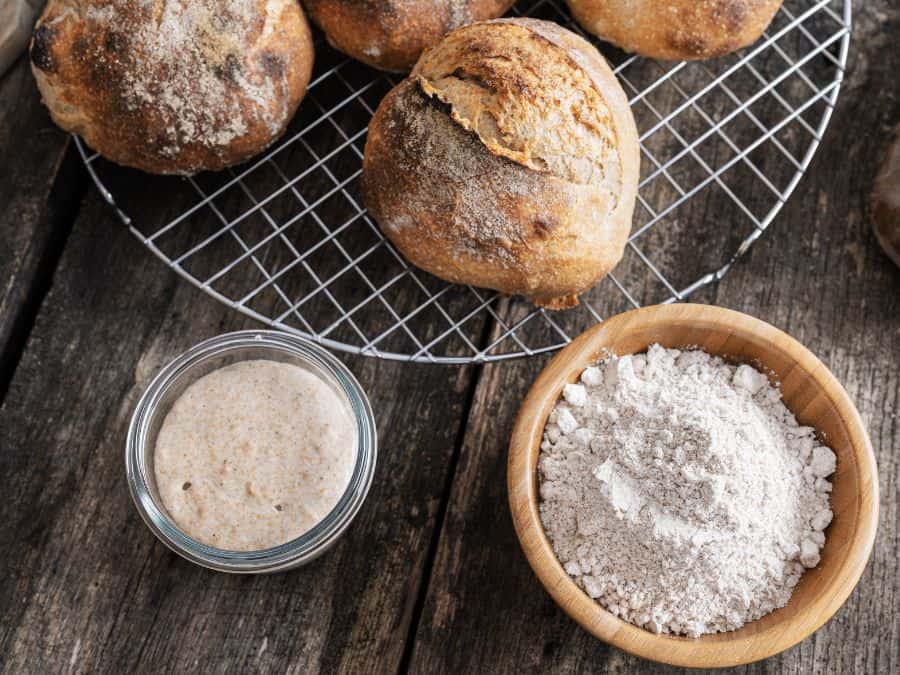
Disclaimer: This article includes affiliate links. If you click one of them, we may receive a small percentage of the sale at no extra cost to you. Thank you for your support!
What Is Sourdough Starter?
A sourdough starter is a naturally fermented mixture of flour and water that serves as the leavening agent in sourdough bread baking. This amalgamation promotes the growth of wild yeast and lactic acid bacteria, creating a symbiotic culture that imparts the distinct flavour and rise characteristic of sourdough products.
How To Make Sourdough Starter

Sourdough starter is rather easy to make as long as you can stick to the feeding schedule. To begin your starter, gather the following ingredients and equipment:
Ingredients
- All-purpose flour
- Filtered water
Equipment
- Glass or plastic container with a lid
- Wooden or silicone spatula
- ½ and ¼ measuring cups
- Clean cloth or kitchen towel
Day 1: Make the Starter
In a glass or plastic container, combine ½ cup of all-purpose flour with ¼ cup of warm, filtered water. Mix thoroughly with a wooden or silicone spatula until a thick, lump-free batter is formed. Cover the container with a clean cloth or kitchen towel and let it sit at room temperature.
Day 2: Bubbles & Feeding Time
After 24 hours, you may notice bubbles in your sourdough starter. This is a good thing and indicates fermentation! Don’t worry if you do not see any bubbles, they could have dissolved overnight, as this process tends to happen quickly.
At this stage, discard half of the initial mixture and add ½ cup of all-purpose flour and ¼ cup of warm, filtered water. Mix well and cover the container again. This process is known as “feeding” and encourages the growth of wild yeast and bacteria necessary for sourdough fermentation.
Days 3-7: Regular Feedings
Repeat the feeding process by discarding half of the mixture and adding another ½ cup of all-purpose flour and ¼ cup of warm, filtered water. By the third day, you should start noticing the small bubbles on the surface (as mentioned on Day 2) before you feed your starter, indicating the presence of active fermentation.
Continue the feeding process once a day, maintaining the ratio of flour and water. By the end of the first week, your sourdough starter should exhibit a vigorous rise, a pleasant aroma, and a tangy taste. At this point, it is ready to be used in sourdough recipes.
When Is Sourdough Starter Ready To Use

Determining when your sourdough starter is ready for use involves watching for key signs such as activity, expansion, consistent rise and fall, texture, and aroma.
One of the main ways to tell if your sourdough starter is ready to use is by its noticeable rise in volume. A fully active starter should double or even triple in size within a specific timeframe, typically 4 to 6 hours after feeding. This expansion indicates that the wild yeast and bacteria in the starter are actively producing carbon dioxide, a crucial leavening agent for your sourdough recipes.
A mature starter should also emit a pleasantly tangy aroma, indicative of the lactic acid produced during fermentation. This aroma adds depth and complexity to the final flavour profile of your sourdough-based creations.
If you are having trouble spotting the signs of a ready-to-use sourdough starter, you can always try the float test. To do this, drop a small dollop of the starter into a glass of water. If it floats to the top, it’s ready to use.
Why Is My Sourdough Starter Bubbly?
A bubbly sourdough starter is a positive sign that the fermentation process is active and thriving. The formation of bubbles in the starter is primarily attributed to the production of carbon dioxide by the wild yeast and lactic acid bacteria present in the culture.
How To Feed Sourdough Starter
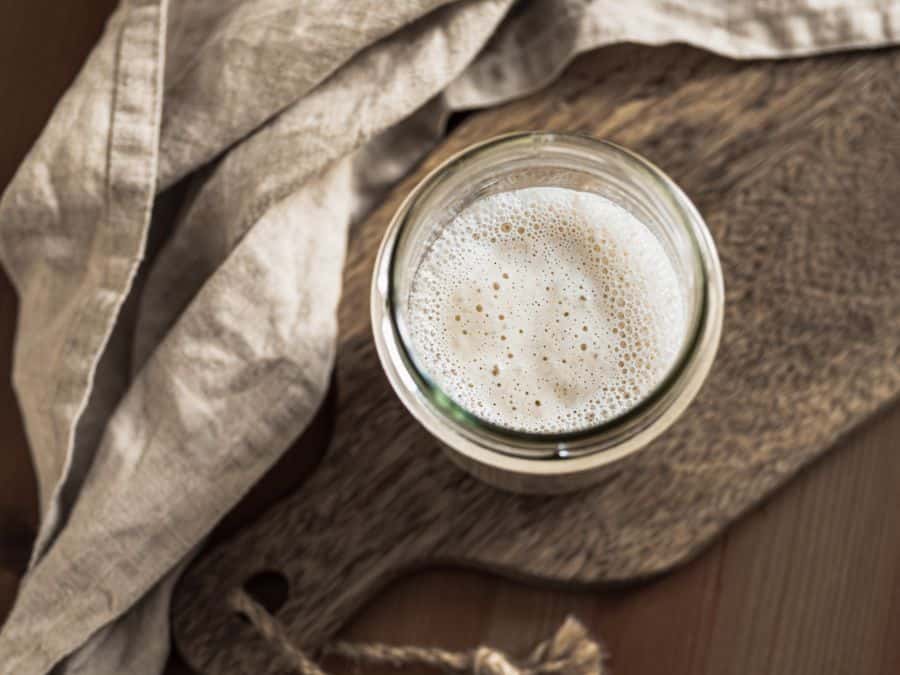
The amount at which you feed your sourdough starter depends on various factors, including ambient temperature, the ratio of flour to water in your starter, and your baking schedule. In general, a once-a-day feeding routine is recommended, but adjustments may be necessary based on individual circumstances. A starter maintained at room temperature usually requires daily feeding, while refrigerated starters can be fed less frequently, such as once or twice a week. If you start to notice your sourdough starter smelling similar to acetone or nail polish remover, this means it has consumed all its food and needs to be fed again.
If you have your starter in the refrigerator, we suggest feeding it 24 hours before you plan to use it. Similar to making sourdough starter, to feed your starter you begin by discarding a portion of the existing sourdough starter. This step helps eliminate byproducts and maintains a manageable volume. Then mix in equal parts flour and water to your sourdough starter and let it rest at room temperature. The ideal ratio is 1:1:1, meaning one part sourdough starter, water and flour.
How To Store Sourdough Starter
Properly storing your sourdough starter is critical for maintaining its life and ensuring consistent results in your baked good. Here are some tips to ensure your sourdough starter is stored properly.
Refrigerate Your Sourdough Starter
To extend the longevity of your sourdough starter, refrigeration is the best method. Place the starter in a well-sealed container, ensuring minimal exposure to air. By refrigerating the starter, you can slow down the fermentation process, reducing the frequency of feedings. This is particularly useful for those with less frequent baking schedules.
Choose The Right Container
Opt for a non-reactive container such as glass or food-grade plastic for storing your sourdough starter. Avoid metal containers, as they may react with the acidic nature of the sourdough, potentially compromising the quality of the starter. Select a container with a tight-fitting lid to minimize air exposure and prevent dehydration.
Regular Maintenance Routine
Even when stored in the refrigerator, it’s important to stick to a regular maintenance routine for your sourdough starter. While the frequency of feedings can be reduced compared to a starter kept at room temperature, aim to feed your starter at least once a week. Discard a portion of the starter before each feeding to control its volume and maintain a healthy microbial balance.
Room Temperature Maintenance for Frequent Baking
If you have a regular baking schedule, maintaining your sourdough starter at room temperature might be more appropriate. Keep it in a stable, moderate environment, and feed it daily to sustain its activity and vigour. This method is preferable for those who engage in frequent sourdough baking.
Does Sourdough Starter Go Bad?
While sourdough starters are resilient, they are not immune to deterioration. Regular visual and olfactory assessments, coupled with preventive measures and recovery protocols, are essential elements in preserving the health and longevity of your sourdough culture. By remaining vigilant and proactive in maintaining optimal conditions, you can enjoy the consistent and reliable performance of your sourdough starter for a prolonged period.


